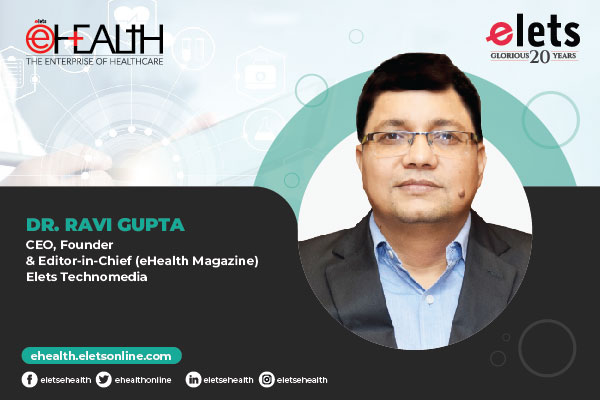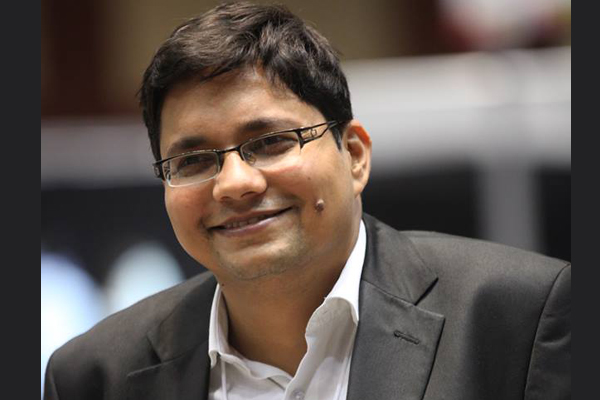India has come a long way since the introduction of the concept of telemedicine in its healthcare scenario, about less than a decade ago. Some of the major players in fostering the progress of telemedicine in the country are Apollo Hospitals group, Fortis Healthcare, ISRO, C-DAC, Sanjay Gandhi Postgraduate Institute of Medical Sciences(SGPGIMS), Narayana Hrudayalaya and Manipal Hospitals, etc. who are together endeavouring to make a difference in the lives of underserved population, by helping them get access to world class healthcare. We have explored the possibility of telemedicine initiatives in India and the role of C-DAC in fostering this medico-technological progress in the Cover Story of our magazine.
Today ISRO’s exhaustive telemedicine network has 165 hospitals in its ambit, which include 132 district/rural hospitals, and 33 specialty hospitals located in major cities, and DIT telemedicine network covers 75 nodes. But what is more noteworthy is the proactive stance of the private players. Apollo Telemedicine Networking Foundation(ATNF), which pioneered India’s private enterprise in the nascent domain of telemedicine way back in 1999, with the setting up of telemedicine network in Aragonda village of Andhra Pradesh, has significantly spread its telemedicine network in India and abroad. However, Apollo is by no means alone in this road ahead… Such examples are many, and they are hogging newspaper headlines with alarming regularity, creating a feel good atmosphere in the process.

So much for the growth, but is this growth really getting translated into development? Though implementation of telemedicine initiatives in India has been a success story, did it yield positive outcomes for its practitioners in a big way? Can distance healthcare really bridge the yawning divide in Indian healthcare, between its selected haves and plethora of havenots, notwithstanding the myriad infrastructral and human resource lacunae involved?
I think we all know the simple answers to these simple questions, but effective solutions elude us. We must also realise that telemedicine, like all other branches of e-healthcare, has great potential to catalyse healthcare of a society, but it cannot function effectively on the edifice of a poor IT and healthcare infrastructure, which has been the bane of India, despite being an IT superpower. We are speeding through a technological run, but we must not forget that we have to walk many miles too…

Be a part of Elets Collaborative Initiatives. Join Us for Upcoming Events and explore business opportunities. Like us on Facebook , connect with us on LinkedIn and follow us on Twitter , Instagram.








